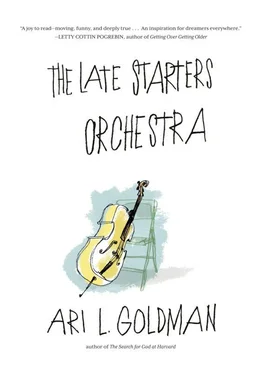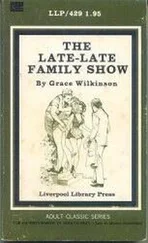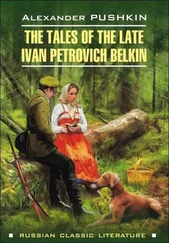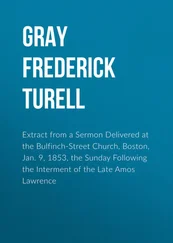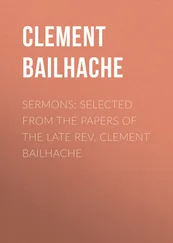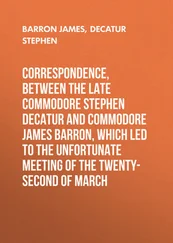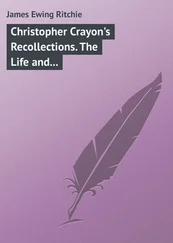Judah began with an eighth-size cello, an instrument not much bigger than a violin. But instead of holding it under his chin, as a violinist would, Judah’s teacher taught him how to pull out the end pin and place the cello between his legs. Much to my delight, he took to it. The Suzuki method gently introduces the instrument to the child. First the child learns by ear and only later does he or she learn musical notation. The child begins with something familiar — the letters of the alphabet — rather than notes on a musical staff. An early Suzuki piece might look like this: DDAABBA GGFFEED. AABBCCA BBAACCA. That’s “Twinkle, Twinkle, Little Star.”
Judah’s first teacher, a Korean cellist named Sujin, was warm and funny and rewarded him at the end of each lesson with animal stickers on his practice book. She managed to turn everything into a game. Judah played “Twinkle” to death. Who knew there were so many variations, each one with its own rhythm and style but all unmistakably “Twinkle”? She named each one. There was “Ice Cream Twinkle” and “Choo-Choo Twinkle” and “Cha-Cha Twinkle.” After mastering the “Twinkle” repertoire, Judah graduated to songs like “Go Tell Aunt Rhody,” “French Folk Song,” “The Happy Farmer,” and even a simple minuet or two by Bach.
I happily sat through lessons and practiced each night with Judah. He was in first grade when we began and was just getting into the rhythm of nightly homework. Cello practice became part of his nightly routine — and mine. Just ten minutes in the beginning, but then fifteen and even twenty as he moved up through the grades. It was never onerous; always fun. Playing music became as natural as dinner, homework, and bedtime.
The Suzuki books start easy but quickly accelerate to more challenging material. By the end of Book 1, which is mostly made up of familiar folk songs, the young cellist is playing a minuet from a manuscript known as the Notebook for Anna Magdalena Bach, presented by the composer to his second wife. The notebooks provide a glimpse into the domestic music of the eighteenth century, a time when, if you wanted music in your life, you had to create it. It was exhilarating to know that the same music being played in Bach’s house was being played in ours.
By the second Suzuki book, children have left folk songs and family dances behind and are playing Mozart, Handel, and Schumann. Successive books become more demanding in terms of bowing, speed, and position. By Book 4, the young cellist gets to play selections from the Bach suites that Pablo Casals made famous. From there, the repertoire is vast and accessible. Students are soon playing Beethoven, Dvořák, Tchaikovsky, and Boccherini. In our house, we would make a party with cupcakes and ice cream when Judah finished one of the Suzuki books and moved on to the next.
When Judah started lessons, I called Mr. J to tell him that there was a new cellist in the family. Mr. J had just turned ninety and I checked in with him every few weeks just to say hello. He was overjoyed to hear about Judah. “How wonderful,” he said. “My musical son has a musical son.” I promised to drive up one day to show him the wonder of Judah playing but I never managed to. One day, a year or so later, I got a call from Andrew that Mr. J had had a massive stroke. Andrew gave me the name of the hospital where he was being cared for in Westchester and I drove there the next day. He told me to prepare myself for a sad sight.
When I approached Mr. J’s room, I first spotted his beautiful mane of hair, as white and luxuriant as ever. But beneath that hair, I saw a face contorted as if in permanent pain. Hands that once mastered the cello repertoire — and flirted with the gamba — were gnarled and clenched. Mr. J’s eyes were open but it was clear that he did not see, not me, not anything. I sat vigil for the afternoon with Andrew and Angie and Angie’s mother, Ursula. A few weeks later he was gone.
In the years after Mr. J’s death, several new cello teachers came into my life, some for Judah and others for me, and one for both of us. But even with Mr. J gone, I still heard his voice, sometimes in my head, at other times in my dreams, and at still other times in the music of the cello.
JUDAH AND I HAD a routine on Tuesday nights. He’d come home from school, have a snack, and then we took the subway from our apartment at Columbia to his lesson on West Sixty-seventh Street. During his third year of Suzuki, though, I had the feeling that Judah was running in place. He was ready for the next level but I wasn’t sure what that was. I began to ask around for a new cello teacher.
Early one morning while on an errand in my neighborhood, I turned the corner onto Broadway and found myself walking alongside a young woman with a cello on her back. She had curly blond hair and a happy bounce in her step.
I didn’t want to come across as a weirdo but I had to ask. “Excuse me. Hello? Can I ask you a question?” The woman turned and looked at me suspiciously. “I’m sorry to bother you but do you know a good cello teacher for a nine-year-old boy?” She seemed more than a bit wary of me and of my question. “It’s for my son. He’s nine,” I repeated. She stopped, seemed to size me up, and, I suppose, realized that I was sincere and not just giving her a line. I handed her my business card. She saw that I was a Columbia professor and then finally spoke.
“I teach,” she said brightly. “Perhaps we can work something out.”
Shira, too, was skeptical at first when I told her about how I found the new cello teacher. “So let me get this straight,” she began. “You picked up a chick on the street because she happened to be wearing a cello? Are there no male cellists in Manhattan? Have you been interviewing all of them, too?” I didn’t blame Shira for her caution but I convinced her that this was worth at least one lesson. Shira was sure to be home on the first day the new teacher arrived. Two minutes into the lesson, Shira was won over by this young woman, whose name was Laura. Most important, Judah took an instant liking to her.
Laura was in a joint undergraduate music program between Columbia and Juilliard but she was as much a cheerleader as a teacher. She came to our apartment on Sunday mornings, worked on Judah’s technique, scales, and music — and inevitably took to her feet and gave him standing ovations for his work, which improved week to week at a rate that we had not seen before. Indeed, this was the next step that he needed.
Judah was already in his fourth year of cello lessons and had graduated from an eighth-size cello to a quarter-size to a half-size instrument. In the beginning I sat in on every lesson. I needed to know what Judah was learning so I could be sure he’d practice what he needed to learn. Judah and Laura sat in our living room on facing straight-backed chairs, their cellos between them. Laura would demonstrate a technique, a note, or a passage, and Judah would take what he saw and heard and make it his own. I would sit on the couch off to the side and literally feel the good vibrations. Like few other instruments, the cello resonates through the wood and the furniture and warms the body. I loved just sitting there.
With time I became superfluous. I marveled at the bond that was developing between the teacher and the student. It often reminded me of my relationship with Mr. J. “My dear cello-son Ari,” he wrote to me a year before his death. The salutation came in a note he wrote to me about religion, a topic we often discussed. We had very different approaches to religion. Ritual practice was and is a very important part of my life but not his. In this letter he tried to bridge the gap between us . Through the toil and studies of our instrument, he wrote, we were searching, I think for a “musical religion.” Consider, for example, your Bach Prelude. Behind the simple black dots, which he wrote more than three hundred years ago, we endeavored to find and re-live the miracle of his spiritual and emotional creation.
Читать дальше
